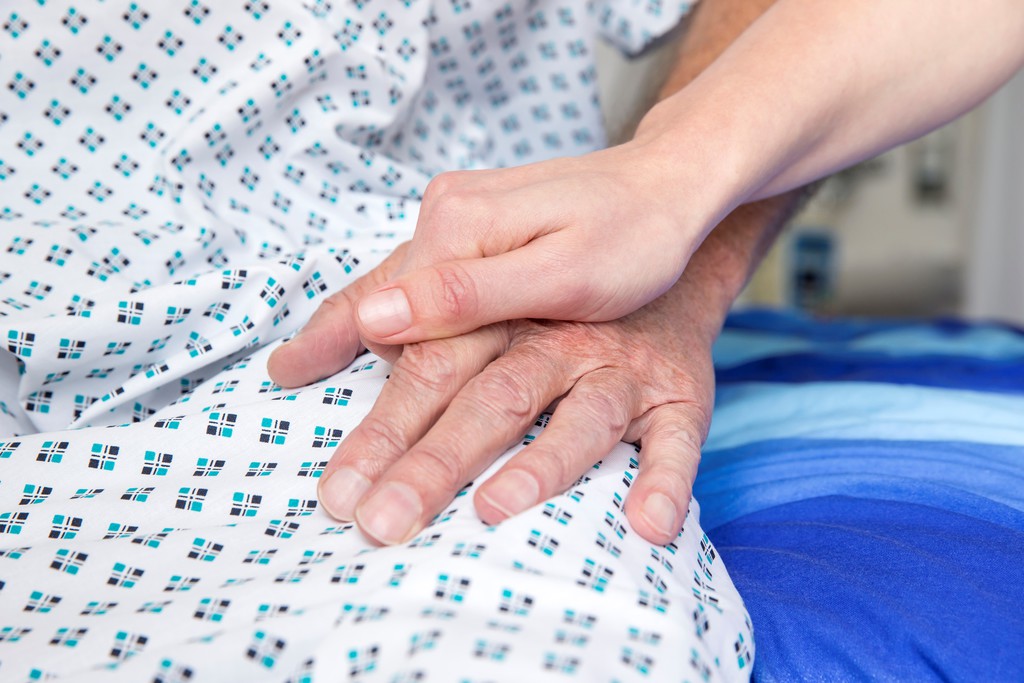

|
Chris Shaw
Editor |
| Home> | HOSPITAL HYGIENE | >Hand Hygiene | >New study highlights hand hygiene in hospitals |
New study highlights hand hygiene in hospitals
02 June 2017
To help raise awareness about the importance of hand hygiene in health care settings, global hygiene and health company SCA, together with RISE (Research Institutes of Sweden), is proud to share new research looking at the prevalence of bacteria found within patient surroundings.

The two-year study involved SCA researchers, healthcare institutions and research institutes. The study was sponsored by Vinnova, the Swedish government agency responsible for promoting sustainable growth through innovation and looked at textiles and surfaces in patient surroundings as possible sources of healthcare associated infections (HAIs).
Sanitising hands after touching patient surroundings needs to be emphasised
Using DNA sampling, researchers examined the bacterial community found on surfaces in the patient’s immediate surroundings which include: textiles, such as privacy curtains or bedding in neonatal incubators; patient bed guardrails; and floors in patient wards, toilets and showers. The examined surfaces harboured a wide variety of bacteria, some of which are potential pathogens and can lead to infections. The findings emphasise the need for proper hand hygiene at the World Health Organization’s (WHO) “5th Moment for Hand Hygiene.”
Unfortunately, according to the American Journal of Infection Control, hand hygiene compliance in healthcare settings tends to be the lowest for the 5th moment. Only 60 percent of health care workers clearly recognise and follow this step.
“Our study shows that patient-near surfaces can harbour potentially pathogenic bacteria; proper hand hygiene after contact with surfaces can help prevent cross-contamination and potentially help reduce HAI’s” said Birgitta Bergström, Msc, Microbiology and hygiene at RISE Agrifood and Bioscience.
Education, cleaning procedures, and dispenser placement are key
In an earlier three-year study with 16 hospitals supported by the Tork brand, 60% of healthcare workers considered dispenser placement as a main contributor to better compliance for long-term results.
“Our study has shown that it is important to look at hand hygiene moments from the health care worker perspective and tasks, making it as easy as possible to comply with the five moments, and also including easy access and logical placement of dispensers, a small change that can have a big impact,” Carolyn Berland, senior scientist with R&D at SCA, said.
The Tork skincare dispensers used in the study are a part of the overall hand hygiene offering for health care. Given how crucial frequent hand hygiene praxis is amongst health care workers, the selection of sanitizing and soap products is optimised to be as gentle, efficient and quick to use as possible.
To encourage compliance and help prevent infection spread, Tork recommends the following actions:
- Educate staff and visitors about the importance of the 5th moment in hand hygiene.
- Have clear, detailed routines for cleaning patient areas
- Clean patient textiles frequently and consider when disposable textiles can be helpful
- Improve compliance by using Tork dispenser placement recommendations for health care facilities. For recommendations based on Tork research, visit: http://www.tork.co.uk/about/hygiene/dispenser-placement-healthcare/
- Visit the WHO’s World Hand Hygiene Day global campaign site: http://www.who.int/gpsc/5may
- UK's first toilet store opens
- Improving sustainability outcomes
- Essity showcases hand washing at Dubai Expo
- Survey examines how office workers interact with cleaners
- Tork supports WHHD with virtual reality training
- Tork Vision Cleaning celebrates 10 years at the Cleaning Show
- Tork Vision Cleaning reaches more than 1billion people
- Hygiene on the high seas
- High-traffic washroom solution
- Wipes for automotive applications





















